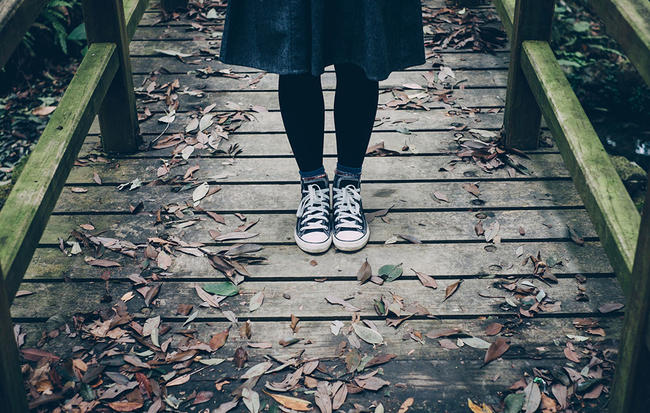Does winter get you down? Plenty of people suffer mood changes ranging from mild “winter doldrums” to full-blown seasonal affective disorder (aptly acronymed SAD), all due to the decrease in daylight that occurs in fall and winter and the hormonal changes that coincide with it.
“SAD is a serious condition—a subtype of major depressive disorder in which life can be severely compromised by fatigue, low mood, anxiety, reduced sex drive, and more,” says psychologist and SAD specialist Michael Terman, PhD, director of the Center for Light Treatment and Biological Rhythms at New York–Presbyterian Hospital in New York City. “But SAD is really just the tip of the iceberg,” he adds. Far more of us experience similar but less intense symptoms, becoming just short of clinically depressed. And that’s just, well, sad.
Light therapy for SAD, and other tactics, will combat both general seasonal sadness as well as full-blown disorder, Terman says. Here’s what you can do:

1. Stop hitting the snooze button
That is, try your best to keep to the same sleep hours on workdays and weekends. “Oversleeping, even if only on weekends, allows your circadian rhythms [your internal body clock] to drift later, out of sync with local time,” says Terman. “And that can trigger the lethargy and low mood associated with winter.”

2. Eat at the same time every day
And no later than 8 p.m. for dinner (to avoid interfering with your sleep). “Just as with light, our biological clocks respond to meal timing,” says Terman, “and consistency is the name of the game.”

3. Schedule some outside time
Light therapy for SAD or milder mood problems begins outdoors. If your schedule allows it, make a point to exercise outside, after the sun is up. “Less exposure to natural light is at the root of the winter doldrums,” says Terman. “By working out in daylight, you’re getting more light than you otherwise might and you’re fighting depression with aerobic exercise.” When your schedule precludes outdoor time, gym workouts can still make depression less likely. Make sure you work out at the same time most days, says Terman, and avoid working out in the late evening hours before sleep.

4. Let there be light
To counter the season’s reduction in light, create it—by purchasing a light-therapy box (a box that emits bright light that mimics natural outdoor light, which is more intense than normal household lighting). “By my estimate,” says Terman, “half the U.S. population would benefit by using a light box for 30 minutes before work [light therapy can cause insomnia if performed late in the day]. It’s just a highly convenient and effective breakfast-table routine.” By the time you’re done with your eggs and the paper, he says, you’ll likely have received enough light therapy to prevent any mood shifts and stay energetic throughout the day.
The trick is to opt for the best box. “Light boxes come in all shapes and sizes, and with many uncontrolled properties, so the choice of device is very important,” says Terman. He recommends light boxes that have been clinically tested and provide a broad field of illumination from above the line of sight. Also, UV radiation should be filtered out, and the light should be smoothly diffused, to eliminate glaring bright spots.

5. Win the battle of the bulb
To a lesser extent, indoor light can also help combat the doldrums. But you don’t need full-spectrum light bulbs, which can cost more than 10 times their non-full-spectrum cousins. “At the intensity needed to achieve an energizing/antidepressant effect, full-spectrum lighting is glaring and uncomfortable and it’s no more effective than regular indoor light, at an appropriate intensity, at easing winter symptoms,” Terman says. Instead of scouring the aisles for full-spectrum bulbs, Terman suggests choose light bulbs based on color temperature ratings. “A color temperature around 4100 Kelvin is ideal,” Terman says. “Higher color temperatures of 5500 Kelvin and above should be avoided.”












